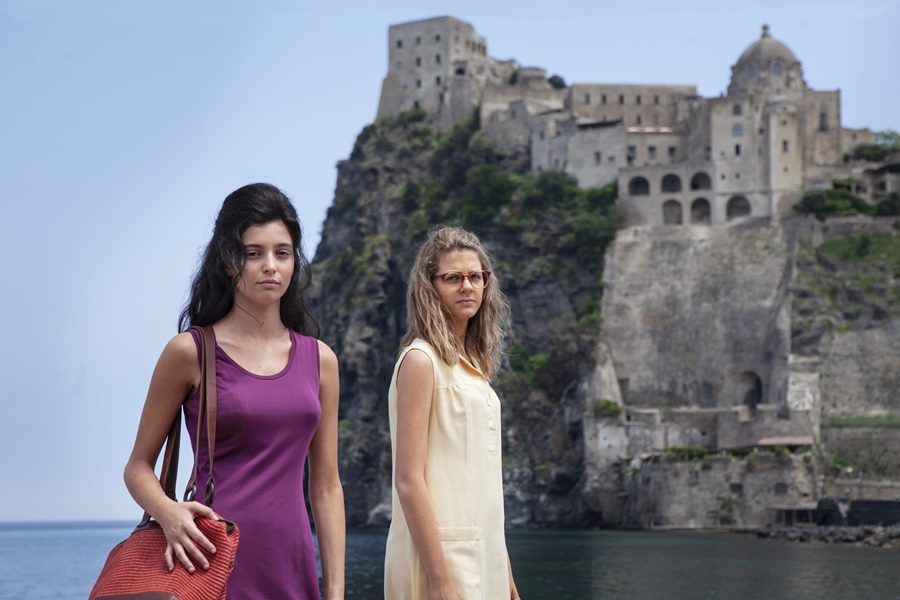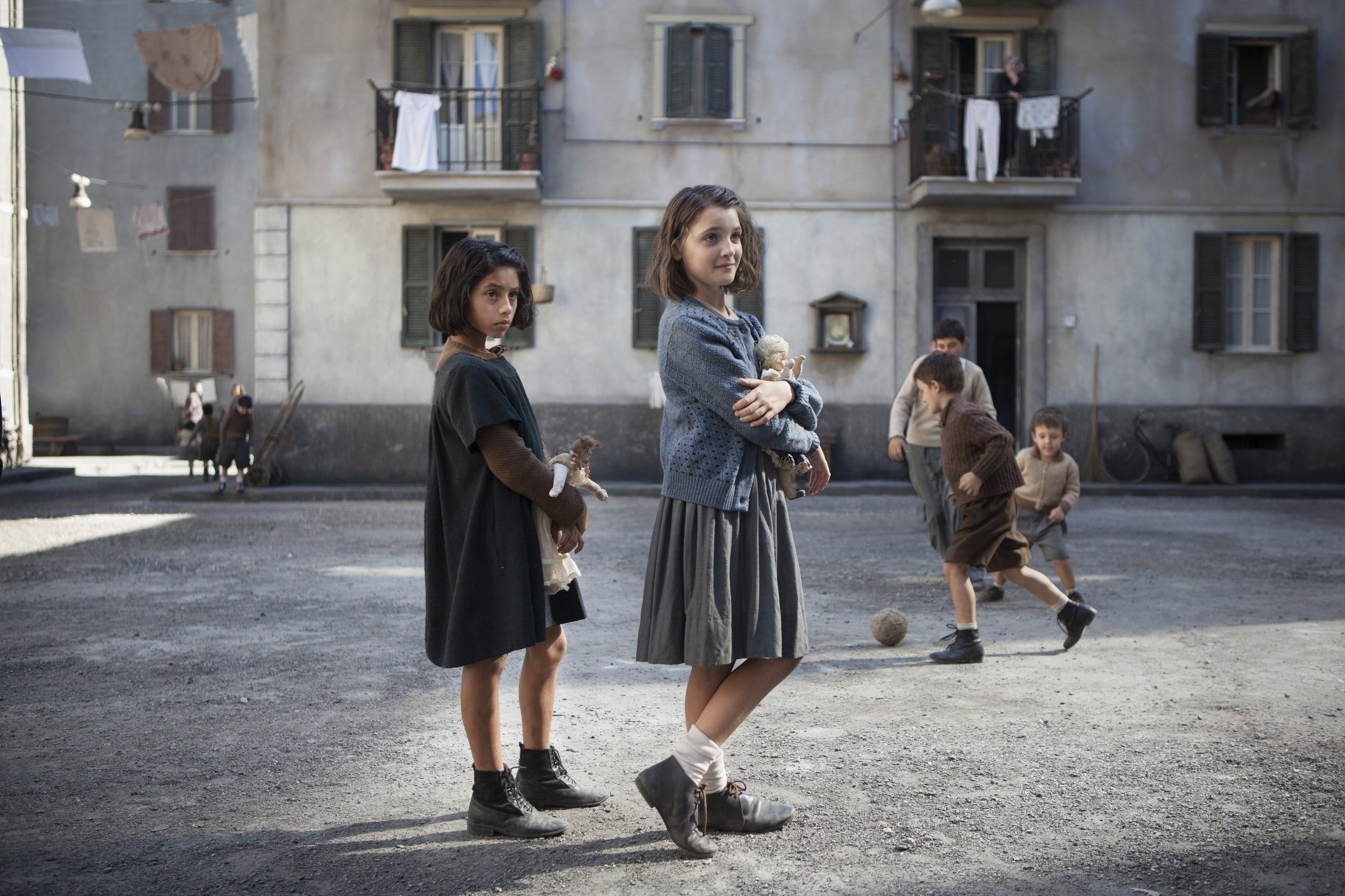“My Brilliant Friend” and Elena Ferrante’s other best-selling books are inspiring female novelists
In Italy, literary fiction has long been considered a man’s game. However, Elena Ferrante’s Neapolitan novels My Brilliant Friend, became an international sensation, selling over 11 million copies, inspiring an acclaimed HBO series and cementing her reputation as the most successful Italian novelist in years. Her ascent, and the rediscovery of some of the last century’s great Italian female writers, has encouraged a new wave of women and shaken the country’s literary establishment. Women writers here are winning prestigious prizes, getting translated and selling copies.

Their achievements have set off a wider debate in Italy about what constitutes literature in a country where self-referential virtuosity is often valued over storytelling, emotional resonance and issues like sexism or gender roles.
In the past two years, novels by women have accounted for roughly half of Italy’s top 20 best sellers in fiction — nearly double the percentage from 2017, according to data released by Informazioni Editoriali, which surveys sales in the country’s bookshops.
In interviews, Italian authors, editors, critics, translators and publishers said that women writers have gained extraordinary attention. Some call it “the Ferrante effect.”
“My Brilliant Friend” and the other Ferrante novels (“La Vita Bugiarda Degli Adulti,” “The Lying Life of Adults” ) showed that “there is a market for fiction by women”
Establishment critics were previously quick to disregard stories about the bonds between women. That has changed.

Three much-discussed recent books delve into mother-daughter relationships. Donatella Di Pietrantonio’s “A Girl, Returned,” is a coming-of-age story set in rural Southern Italy. Claudia Durastanti’s “La Straniera” (“The Stranger”) recalls her upbringing in a dysfunctional family between Brooklyn and Basilicata. Nadia Terranova’s novel “Addio Fantasmi” (“Goodbye Ghosts”) tells the story of a 30-something woman facing her painful past on a trip home to see her mother. Both of those are being translated into English.
A new English translation of “Family Lexicon,” the 1963 masterpiece by Natalia Ginzburg, came out in 2017. Three more of her novels were reissued this year, two of them in new translations. Another major writer from Italy’s postwar period, Elsa Morante (whom Ferrante has cited as a source of inspiration), is likewise getting a fresh look, with a new translation this year of her coming-of-age classic, “Arturo’s Island.”
Who is Ferrante?
But many of the new wave of women writers attribute their momentum to the pseudonymous Ferrante, who has guarded her anonymity even as her books have become best sellers. (Some people speculate that Ferrante could be Anita Raja, a prominent literary translator married to the novelist Domenico Starnone, and they have looked for evidence of his hand in her work.)
Beyond the guessing game, Ferrante has generated international interest in Italian writers overall.
“She is the introspective writer whose very personal style leads her to worldwide fame while leading a normal life in her hometown, Naples, away from the spotlight”
In today’s noisy Italy, detachment has become a value in itself. The novelist’s elusiveness is just as endearing as her unforgettable characters Lenù and Lila and as intriguing as the unfolding of their strong friendship set against Italy’s recent history.
She is the introspective writer whose very personal style leads her to worldwide fame while leading a normal life in her hometown, Naples, away from the spotlight. She is the heroine who seems to have avoided the inexorable fate of Southern Italians: compromise. This may or may not be true but it’s now part of her aura and what her readers love in her.
Her four novels – she calls them The Friends as if there was only one – provide among other things an accurate dissection of the role that compromise plays in life, particularly in Naples, a city which still provides much of Italy’s narrative material and where many of the country’s most significant writers are from